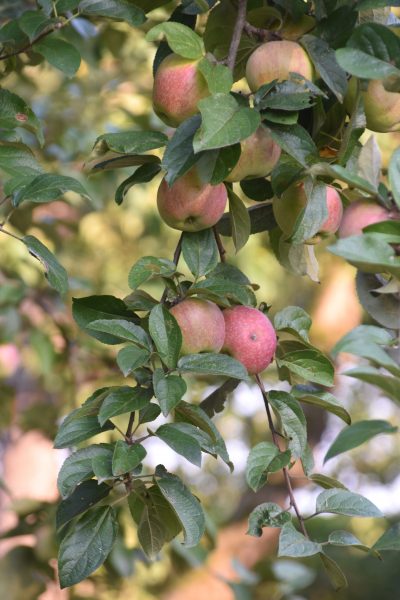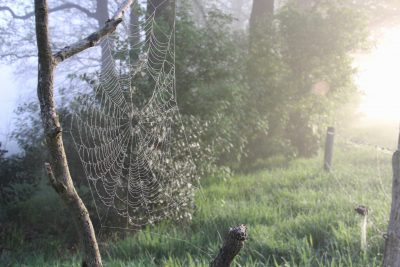Sustainable food cultivation
With a maximum of biodiversity and a minimal use of chemical crop protection, the new agricultural systems are gaining a lot of resilience. The soil structure improves by simultaneously feeding the soil and crop. The natural weed formation also remains intact, so that the natural disease resistance is strengthened. The water requirement decreases, which improves both yield and product quality.
An additional advantage is that the use of natural fertilisers is cheaper and more sustainable than chemicals. Furthermore, in addition to ‘beautiful’ harvests and the delightful experience, a food forest also offers a very desirable contribution to employment. Due to the multitude of types of plants, it is possible to harvest almost all year round.
Finally, this new cultivation method also contributes to biodiversity and climate and transport gains.
Fragrant and colourful
As described in the literature, we know that foods cannot be reduced merely to the sum of isolated substances such as proteins, minerals and fats. For example, we cannot live on vitamin pills and supplements alone. They cannot compete with a plate of tasty, varied and colourful food.
In our opinion, involvement in the favourable aspects of natural food production should lead to a change in the way we deal with nature and our food supply as quickly as possible. It has no adverse ecological side effects and does not require excessive energy consumption or capital investment.
Read more about sustainable food cultivation:
Food forests, the pillars of biodiversity
Most exotics are good



